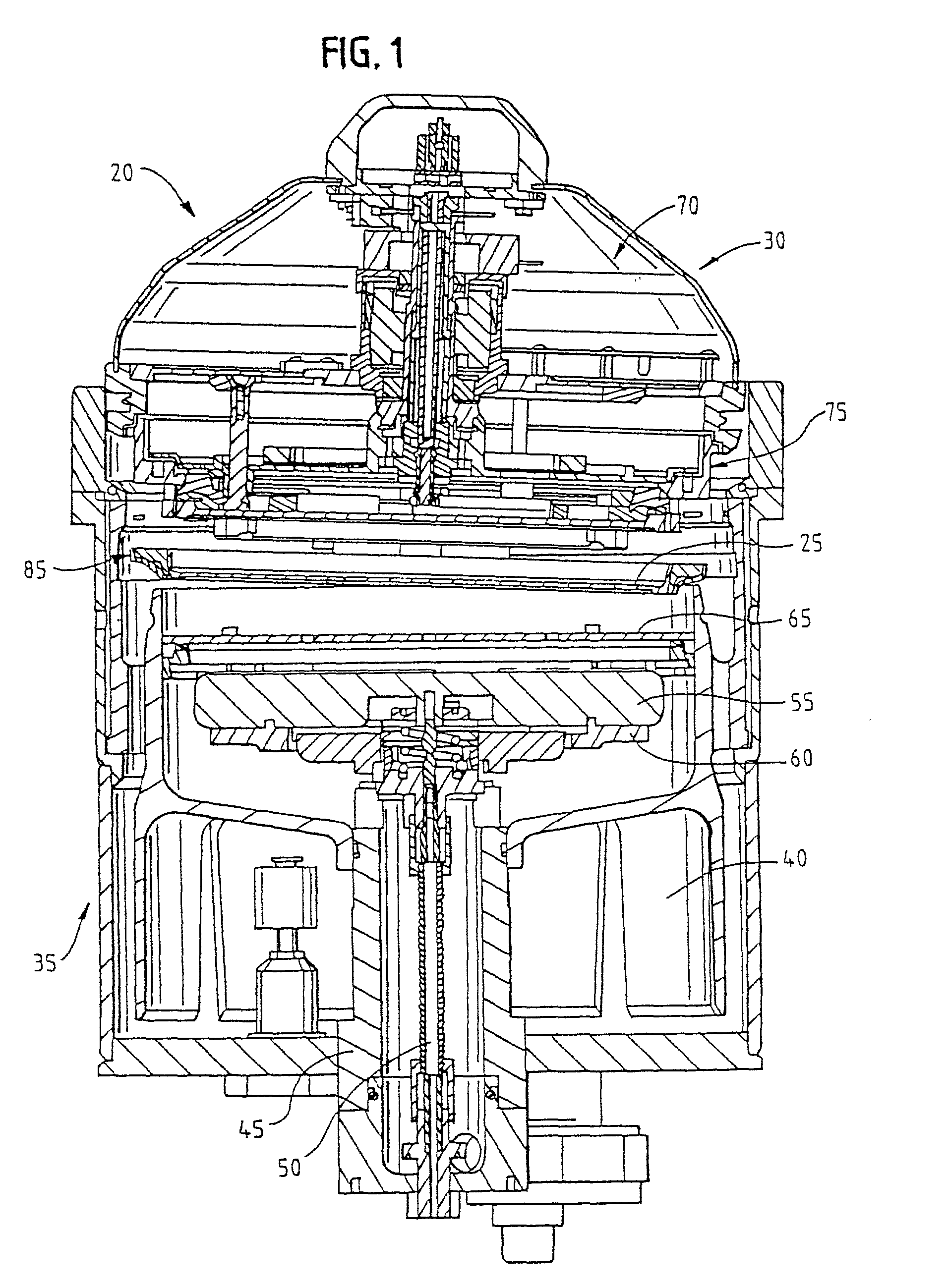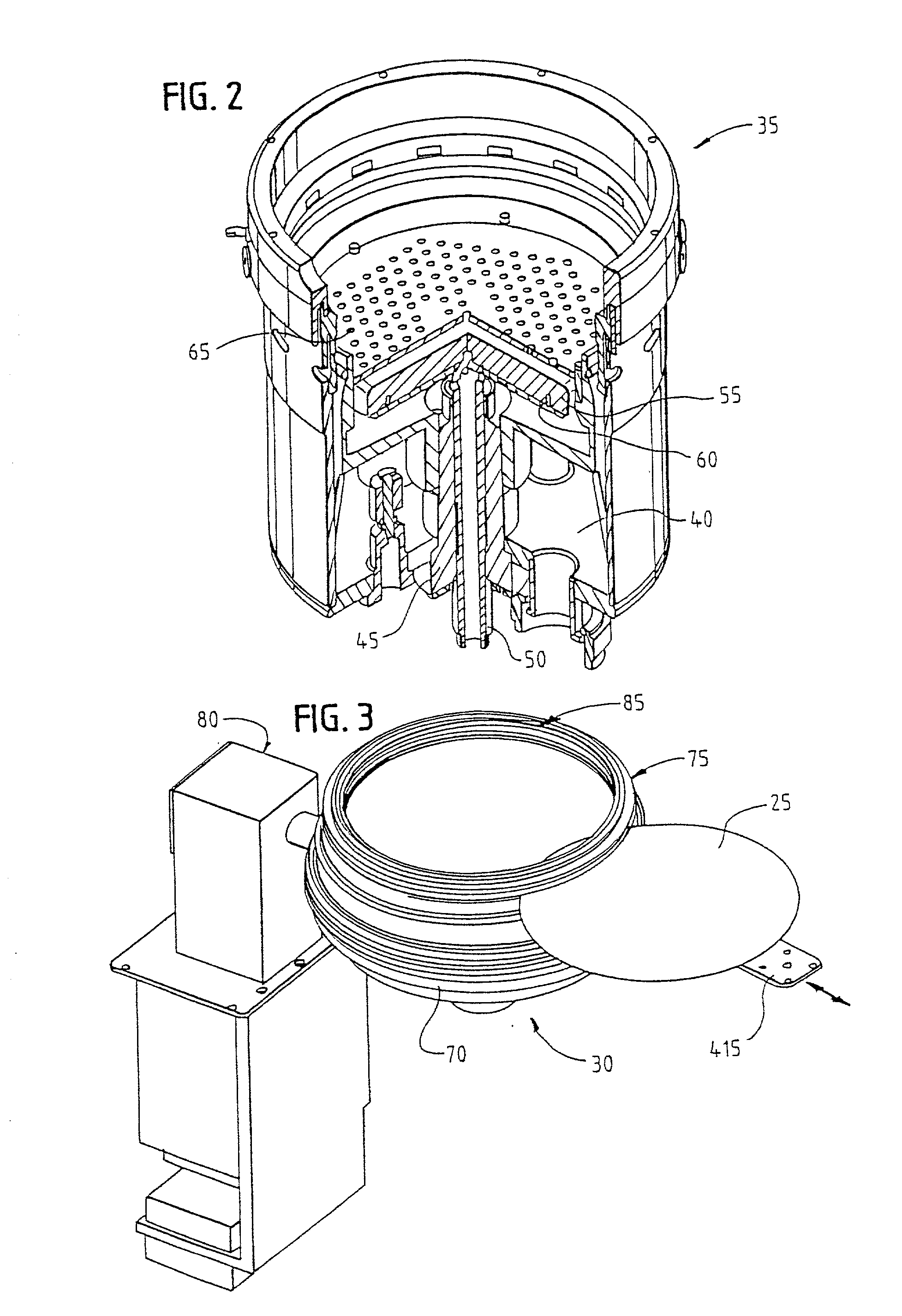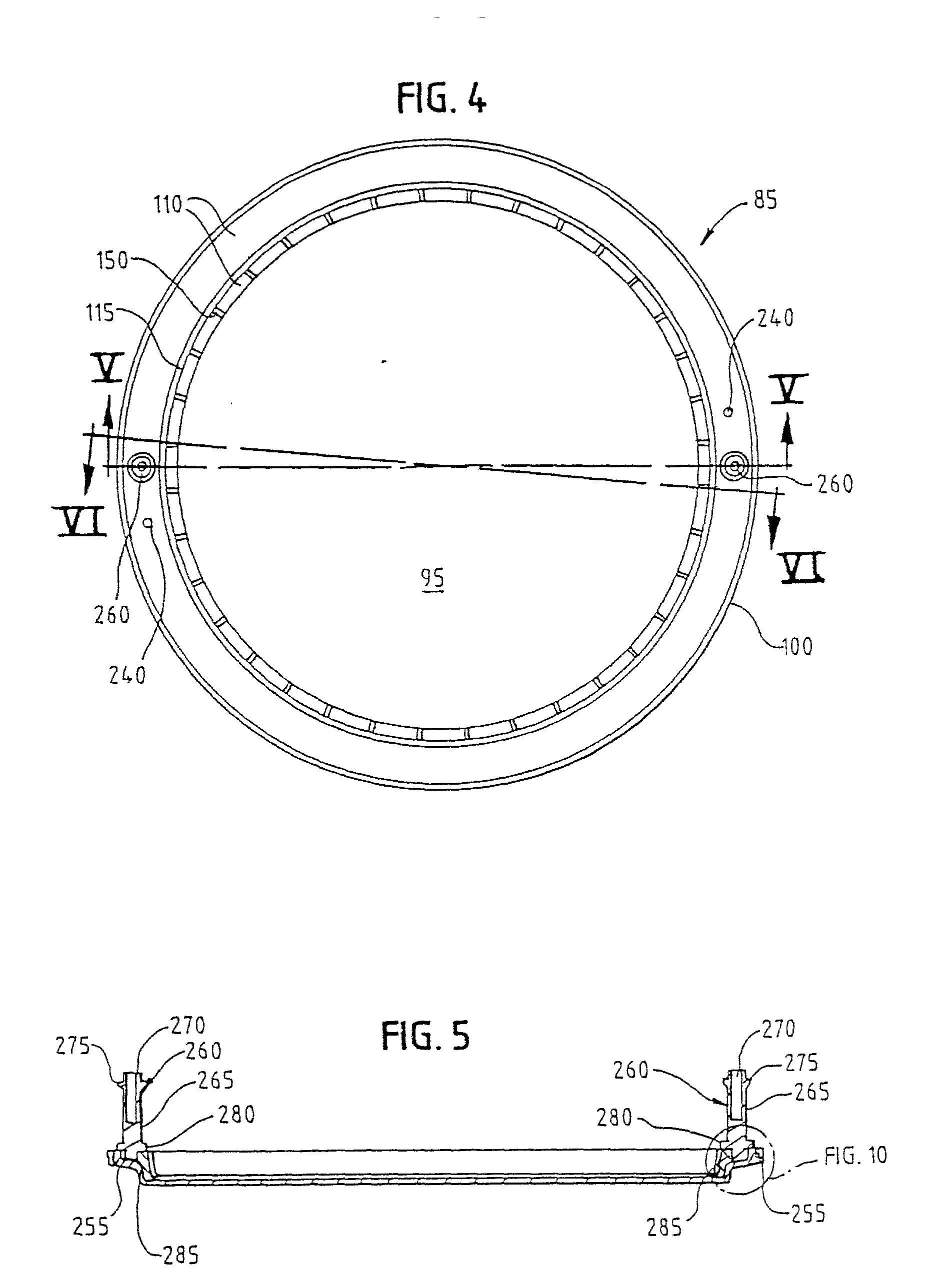Method, chemistry, and apparatus for high deposition rate solder electroplating on a microelectronic workpiece
a microelectronic workpiece and high deposition rate technology, applied in the direction of electrolytic processes, semiconductor devices, electrolysis components, etc., can solve the problems of low deposition rate of solder, risk of electrical shorts between solder bumps, and failure to significantly increase the deposition rate. achieve the effect of separating the plurality
- Summary
- Abstract
- Description
- Claims
- Application Information
AI Technical Summary
Benefits of technology
Problems solved by technology
Method used
Image
Examples
Embodiment Construction
Back Solder Electroplating Reactor Components
[0027] With reference to FIGS. 1-3, there is shown a reactor assembly 20 for high deposition rate electroplating of solder on a microelectronic workpiece, such as a semiconductor wafer 25. Generally stated, the reactor assembly 20 is comprised of a reactor head 30 and a corresponding reactor bowl 35. This type of reactor assembly is particularly suited for effecting electroplating of semiconductor wafers or like workpieces, in which an electrically conductive, thin-film seed layer of the wafer is electroplated with a blanket or patterned metallic layer, such as a layer of solder bumps.
[0028] The specific construction of one embodiment of a reactor bowl 35 suitable for use in the reactor assembly 20 is illustrated in FIG. 2. The electroplating reactor bowl 35 is that portion of the reactor assembly 20 that contains electroplating solution, and that directs the solution at a high flow rate against a generally downwardly facing surface of an...
PUM
| Property | Measurement | Unit |
|---|---|---|
| temperature | aaaaa | aaaaa |
| temperature | aaaaa | aaaaa |
| temperature | aaaaa | aaaaa |
Abstract
Description
Claims
Application Information
 Login to View More
Login to View More - R&D
- Intellectual Property
- Life Sciences
- Materials
- Tech Scout
- Unparalleled Data Quality
- Higher Quality Content
- 60% Fewer Hallucinations
Browse by: Latest US Patents, China's latest patents, Technical Efficacy Thesaurus, Application Domain, Technology Topic, Popular Technical Reports.
© 2025 PatSnap. All rights reserved.Legal|Privacy policy|Modern Slavery Act Transparency Statement|Sitemap|About US| Contact US: help@patsnap.com



